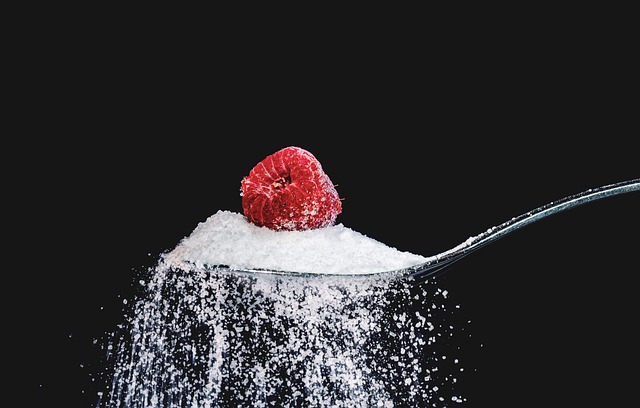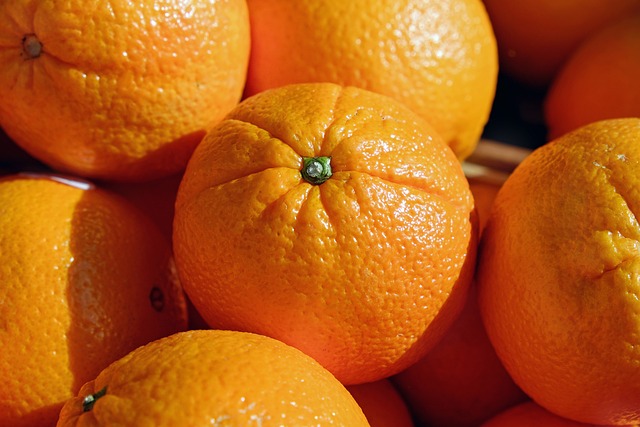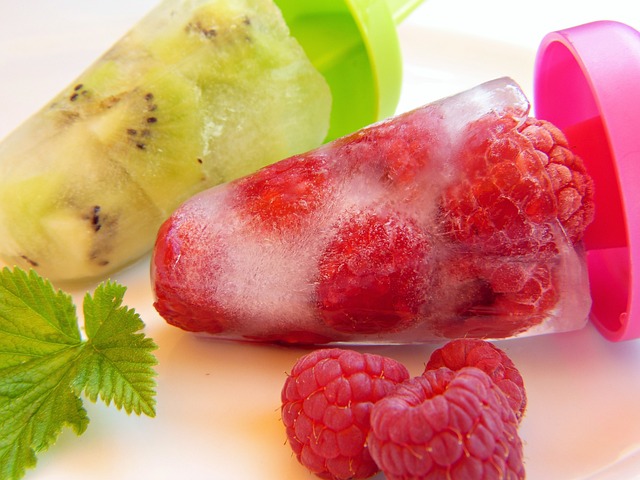Beyond Yogurt: Countless Ways to Incorporate Probiotics into Your Diet
The Importance of Probiotics
Probiotics are live bacteria and yeasts that are beneficial for our health, especially for our digestive system. These friendly microorganisms help maintain a healthy balance of gut bacteria, aiding digestion and supporting the immune system. While yogurt is often associated with probiotics, there are numerous other delicious ways to incorporate these beneficial bacteria into your daily diet.
1. Fermented Vegetables
Fermented vegetables, such as sauerkraut, kimchi, and pickles, are fantastic sources of probiotics. These tangy and crunchy delights are made through a process of lacto-fermentation, which enhances their flavor while increasing the number of beneficial bacteria. You can enjoy these probiotic powerhouses as condiments, side dishes, or even in sandwiches for an extra pop of flavor.
2. Kombucha
Kombucha is a fermented tea beverage that has been consumed for centuries across various cultures. This fizzy, tangy drink is made by fermenting sweetened tea with a culture of bacteria and yeast, often referred to as a SCOBY (symbiotic culture of bacteria and yeast). Kombucha not only provides you with a refreshing alternative to sugary sodas but also delivers a healthy dose of probiotics.
3. Miso
Miso, a traditional Japanese seasoning, is made by fermenting soybeans with salt and a fungus called koji. This savory paste adds depth and umami flavor to soups, marinades, and dressings. While being a flavor enhancer, miso is also a rich source of probiotics. Incorporating this versatile ingredient into your culinary repertoire not only boosts the taste but also helps support your gut health.
4. Tempeh
Tempeh is a fermented soybean product that originated in Indonesia. It has a firm texture and nutty flavor, making it a popular vegetarian alternative to meat. The fermentation process not only improves digestibility but also enhances the nutritional profile of tempeh, making it a great source of protein and probiotics. Use tempeh in stir-fries, sandwiches, or even as a meat substitute in burgers for a healthy and flavorful option.
5. Yogurt Alternatives
If you’re lactose intolerant or follow a plant-based diet, there are plenty of non-dairy options available that can still provide you with probiotics. Look for yogurts made from coconut milk, almond milk, or soy milk that contain live and active cultures. These alternatives offer the same creaminess and tang as traditional yogurt, while supporting your gut health.
6. Kefir
Kefir is a fermented milk drink that is similar to yogurt but has a thinner consistency. It is typically made from cow’s milk or goat’s milk, but non-dairy alternatives like coconut milk can also be used. Kefir is abundant in probiotics and can be enjoyed on its own or incorporated into smoothies and salad dressings for a probiotic boost.
7. Fermented Soy Products
Besides miso and tempeh, other fermented soy products like natto and soy sauce can also provide probiotics. Natto, a traditional Japanese breakfast dish, is made by fermenting soybeans with Bacillus subtilis, a bacteria strain. Soy sauce, a staple in many Asian cuisines, is typically made through a fermentation process that can introduce beneficial bacteria. Incorporate these soy-based products into your meals to increase your probiotic intake.
Conclusion
Beyond yogurt, there are countless ways to incorporate probiotics into your diet. From fermented vegetables to kefir and miso to tempeh, these delicious options not only add flavor and variety to your meals but also support your gut health. So, explore and experiment with different probiotic-rich foods to reap the benefits and promote a healthier digestive system.







